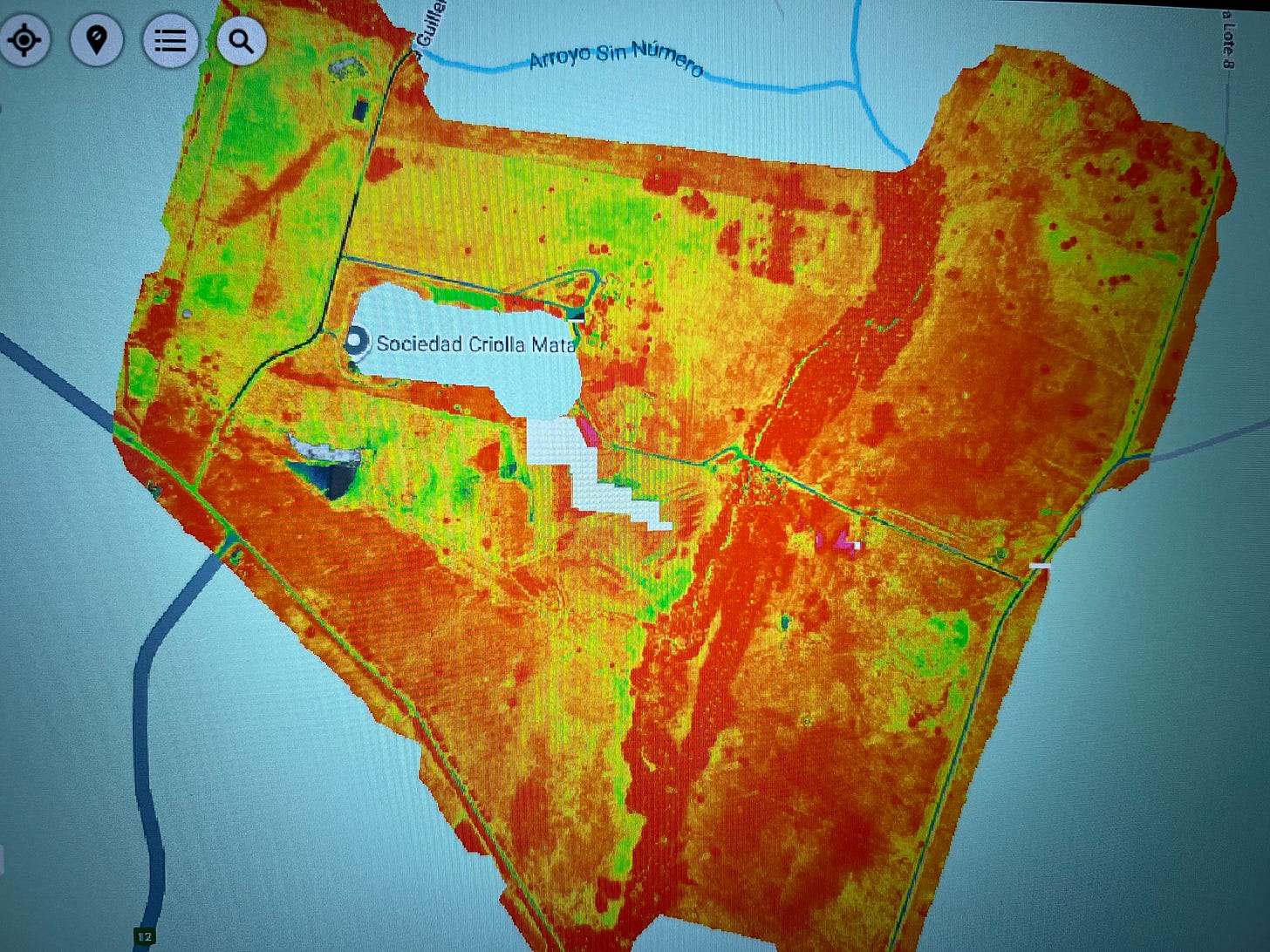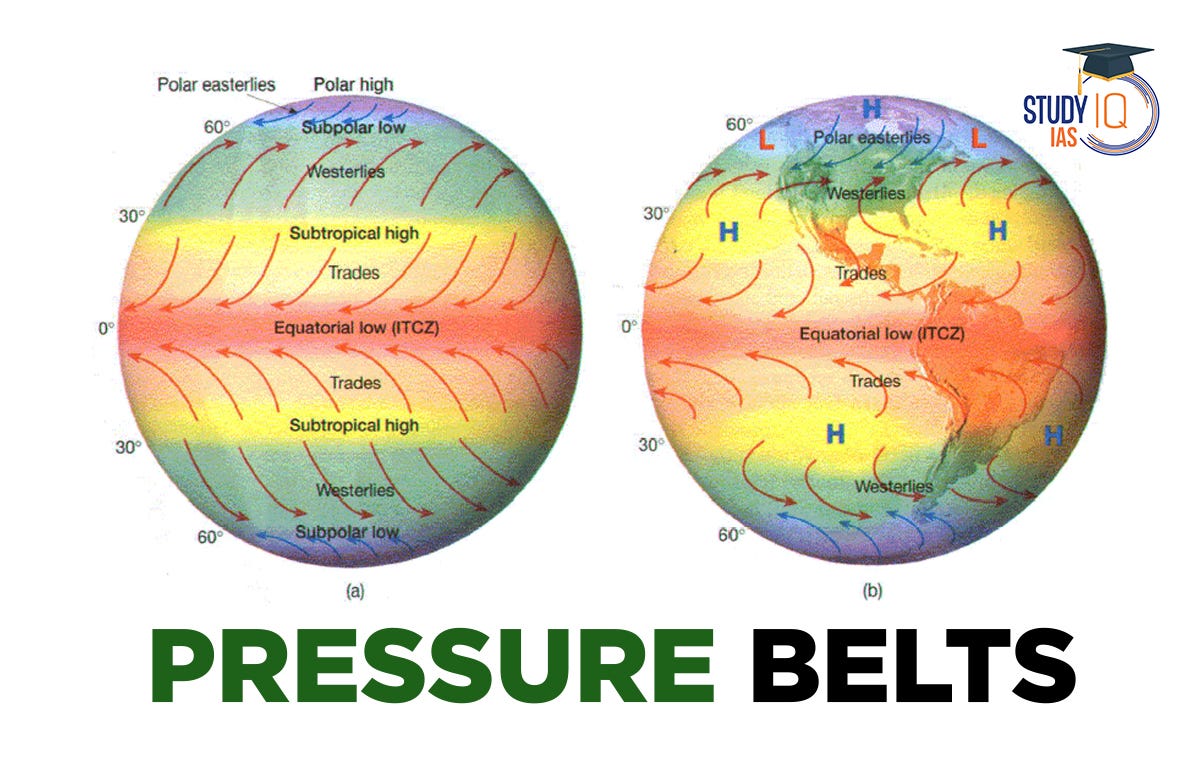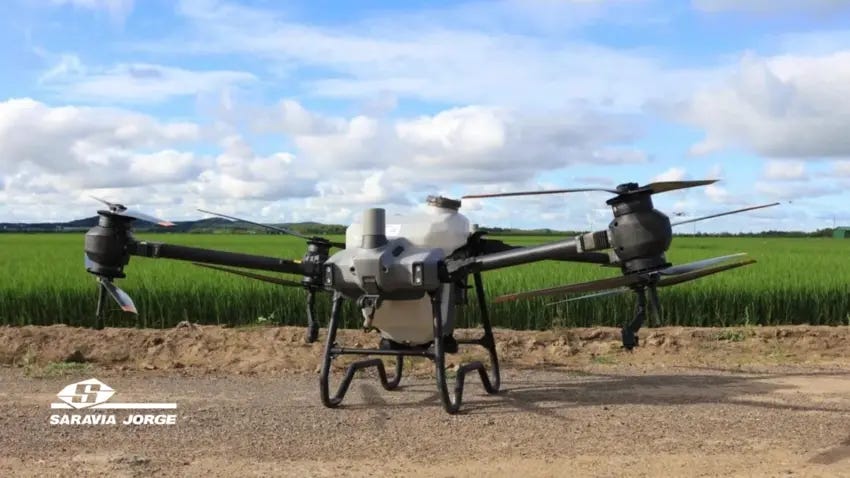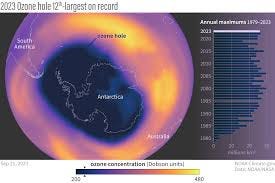Sunday, August 24th, 2025
Writing to you from Uruguay
This past week was a major week.
Not only does the month of August mark two solid years that I have been the beta tester for The Preparation but, with great timing, The Preparation book released just a few days ago.
Let me tell you, this book has taken almost 2 years to write. Along the way, we have gone through 3 or 4 separate drafts of it in order to make it what it now is. Every time we started a new draft we threw almost everything away from the previous one and started over again - continuing with the most critical ideas and developing new ones.
The sheer amount of time, focus, and effort which has gone into crafting The Preparation is a testament to our (Doug Casey, my father - Matt Smith, and myself) desire to aid young men in succeeding on their own path.
The Preparation may be the most important book you ever read.
A week different from most
It’s amazing how much your schedule can change after one major event.
The release of the book has completely changed the dynamic. My father and Doug have had several interviews this past week, and I joined my dad for one which you can check out here: Podcast with Parallel Mike, Matt Smith, and Maxim Smith
For this upcoming week, my dad has one podcast every day and I have two podcasts and a radio show scheduled. Lots to do.
And, these past couple days have made me realize that I am going to get started on the Entrepreneurship cycle (find it in the book!) early. Over the past couple months learning to fly has been the main focus, but poor weather and busy schedules haven’t permitted much flight time. It makes sense to take advantage of the lull in flying and allow the Entrepreneurship cycle to take the stage.
As it suggests, that particular cycle is about creating your own business.
My business is going to be about precision agriculture. What do I mean by that? Well, drones are beginning to replace tractors in more ways than one. Instead of haphazardly spreading seed and fertilizer with a tractor (likely on places that don’t even need it) you can use a combination of 2 drones to get the job done in a much more effective way.

With one drone - the Mavic 3M - you can map a grid for it to fly over a piece of property. Throughout the mapping mission it will take thousands of pictures to measure the different wavelengths of light the grass emits.
Why does this matter?
Well, grass emits different wavelengths of light depending on its quality and stage of growth. The amount of chlorophyll (which allows plants to absorb light for photosynthesis) within grass actually shapes the wavelength of light that grass emits. Nitrogen levels also have a significant impact on chlorophyll content. So, with that in mind - and the data collected from the drone pictures - you can determine the health of pastures and nutrient deficiencies.
It’s pretty amazing. Changes the game in agriculture for sure.
Now, if you couple the Mavic 3M with a much larger drone - the Agras T-40 - you can make precision seed and fertilizer drops on only the areas of pastures that need it.
The combination of the two drones can save you tens of thousands of dollars in seed and fertilizer. And, these drones have an extremely low operating cost.
For the time being there is still a lot of use for tractors, but this deals a blow to tractor companies - some of which don’t even allow you to do your own maintenance (cough cough…John Deere). Trust me, we love tractors and use them all the time on our ranch. Not to mention, I’m from the midwest where we have some (somewhat strange) pride in knowing the John Deere company was conceived there.
But, time marches on and new technology takes the forefront.
It simply doesn’t make sense to drown in debt after buying a few tractors when you could deliver seed and fertilizer to your pasture with precision.
Anyway…
I need to buy the Agras T-40, but when I have it (and after testing it on our land) I will begin selling the services to local ranches and farmers in our area. That’ll be my business.
A lot of research needs to happen before then. I need to have a solid grip on creating the multispectral maps, understanding the science behind wavelengths of light in connection with plant growth, and a better understanding of chemistry. Not to mention, I’ll have to craft a solid sales pitch.
From now on, that’ll be my main focus.
Meteorology course
One of the areas of study I’ve been diving into lately is meteorology - Greek for “the study of things high up”.
It’s a complex area of study and, frankly, if I tried (as someone who knows very little about it) to explain everything from the meteorology course I took you would fall asleep.
So, let me go over some of the most interesting things without lecturing you…
At first glance, it’s just “the weather” - the stuff we check before a hike or a flight. Whether it’s “good” or “bad” is all that matters to us. But once I started digging in, I realized it’s a whole new way of seeing how nature works. The world is a system constantly fighting extremes, always trying to find balance.
That idea alone - that nature abhors extremes - was a key idea from the course. The atmosphere is never static. Temperature differences create pressure differences, and pressure differences drive the winds. Everything, from a summer thunderstorm to a hurricane, comes from this simple push-and-pull toward equilibrium.
But here’s the thing…
Everything is interconnected from the top down. Causes and effects work on top of one another. Local winds, pressures, and temperatures - although local factors like geology and topography - are tied to world-wide systems, like the pressure belts that span the globe.

Why Warm Air Rises and Storms Spin
Of course, early on in life we learn this basic principle: warm air is lighter than cold air. But, we don’t learn why it matters. At the same pressure, warm air rises, cold air sinks, and just that tiny difference in density (as little as 1%) can keep air masses from mixing.
That’s the seed of all storms.
Then there’s wind shear - changes in wind speed and direction with height. Shear is what creates spin in the atmosphere. If you’ve ever looked up and seen those cloud layers rippling like ocean waves - that’s called Kelvin-Helmholtz billows, a visible sign of shear at work. Extratropical cyclones and tornadoes thrive on wind shear.
The Greenhouse Effect
Here’s another one that hit me: without greenhouse gases, Earth’s average temperature would be about 0°F. Thanks to water vapor, carbon dioxide, methane, and others, we sit around 60°F. It’s amazing that climate activists (and politicians for that matter) have caused people to be so afraid of the molecules and chemical compounds that allow the atmosphere to capture heat from the sun and keep us from freezing.
Well, I guess they don’t blame the molecules, do they? It’s the humans that have to go according to them…
And, they are right about one thing. Over Antartica there is a massive hole in the ozone layer. The hole is larger than the continent itself for most of the year, but guess what? The ozone layer - like most systems in nature - has its own cycle. Depending on the time of year, it disappears nearly completely. Almost like it never existed.
Anyway, the balance is delicate: water vapor absorbs the broadest band of infrared heat, CO₂ is the most important human-driven gas, and methane is ridiculously powerful.
Storms, Winds, and Seasons
Meteorology also taught me that storms thrive under different conditions. Tropical storms need low shear and warm oceans. Frontal storms - where warm and cold air masses collide - actually feed off high shear. Same force, different outcomes.
On a more everyday scale, the seasons aren’t about distance from the Sun, but about Earth’s tilt. Obliquity - that 23.5° lean - decides everything from summer heat to polar winters. This is due to the fact that some areas of the earth are hit dead-on by the sun, while (during certain months) the angle at which the sun hits parts of the earth is small - allowing particles in the atmosphere to deflect more of the heat and light.
The tilt writes the rhythm of life.
And then there are the local winds that shape entire regions: Santa Ana winds in California fanning wildfires, sea breezes driving coastal weather, katabatic winds pouring off ice sheets in Antarctica. Local quirks of temperature and pressure ripple into huge consequences.
You can make fun of the weather man - as a lot of people do. After all, sometimes he screws up and his forecast is dead wrong.
But, not only has he unlocked an amazing area of study, he is making predictions off of ever-changing and highly complex systems. Remember, EVERYTHING matters - the obliquity of earth, to pressure bands, and all the way down to local winds.
Sailing, flying, and even wildland firefighting require a basic knowledge of weather to make it through the day. This course, which you can check out by clicking HERE, was helpful in allowing me to take the next step to learn a lot more than I knew before in regards to meteorology.
Audiobook
Along with just releasing The Preparation book, we are current (likely as you are reading this) creating the audiobook version of The Preparation.
Many of you have asked for it and we (Doug, my dad, and I) are ready to deliver it ASAP.
The plan is that I’ll be recording my sections of the book and editing much of the rest of the recordings. So, there’s lots of work to do and I have to get to it. Hopefully we can get it done today.
Things I Published
August 22nd:
Are these updates informative? Are they useful? Entertaining?
Leave a comment below if you’ve got any suggestions or questions for me.
And don’t forget to send this to someone who might benefit.
I’ll see you next week.
-Maxim Benjamin Smith
I am acting as a guinea pig for a program which is meant to prepare young men for the future. This program is designed to be a replacement for the only three routes advertised to young men today - go to college, the military, or a dead-end job.
All of these typical routes of life are designed to shape us into cogs for a wheel that doesn’t serve us. Wasted time, debt, lack of skills, and a soul crushing job define many who follow the traditional route.
This program, which we can call “The Preparation”, is meant to guide young men on a path where they properly utilize their time to gain skills, build relationships, and reach a state of being truly educated. The Preparation is meant to set young men up for success.
What appeals to me about The Preparation is the idea of the type of man I could be. The path to becoming a skilled, dangerous, and competent man is much more clear now. I’ve always been impressed by characters like The Count of Monte Cristo, men who accumulated knowledge and skills over a long period of time and eventually became incredibly capable men.
Young men today do not have a guiding light. We have few mentors and no one to emulate. We have been told that there are only a few paths to success in this world. For intelligent and ambitious people - college is sold to us as the one true path. And yet that path seems completely uncertain today.
We desperately need something real to grab onto. I think this is it.
I’m putting the ideas into action. Will it work? I can’t be sure, but I’m doing my best. I’m more than 60 weeks into the program at this point. So far, so good.
You can follow me along as I follow the program. Each week, I summarize all that I did.
My objective in sharing this is three fold:
Documenting my progress holds me accountable.
I hope these updates will show other young men that there is another path we can take.
For the parents who stumble upon this log, I want to prove to you that telling your children that the conventional path - college, debt, and a job is not the foolproof path you think it is.







Again, wow! I just posted a note on your post of today.
Son Eddie has been fascinated by Carbon Robotics weed killing technology. This gives him a whole lot more to be excited about.
Ukraine's steppe is up there with the Argentine pampas among the most productive patches of farmland in the world. Combining technology and agriculture is a very natural thing to be doing here. I have invested in ag companies here. Myronovsky Hliboprodukti, symbol MHPC. Also a couple of frauds - Mriya and Avangardco - but I got out in time. One of the guys I have pegged as a possible patron worked for SigmaBleyzer.
Eddie is one of the anchors for the Russanovsky Lycee national-level math battles teams. Youngest kid in his class, but he gets respect. Anyhow, we will follow you with interest. Eddie, by the way, is fluent in Ukrainian and English and gets by in Russian. Unfortunately, he finds reading difficult in any language. Looking forward very much to your audiobook.
The updates are great, keep them coming! My copy of The Preparation arrived yesterday.
Thank you, all of you!